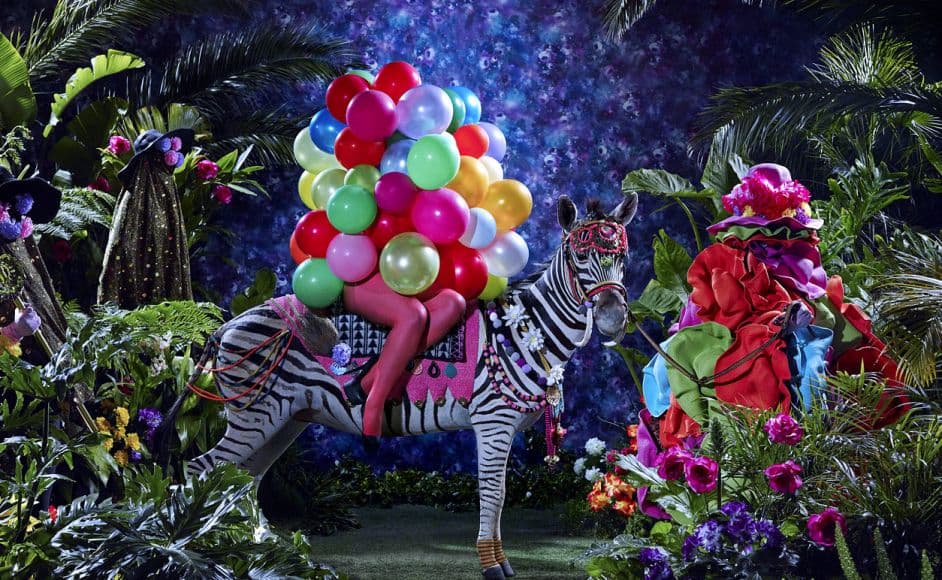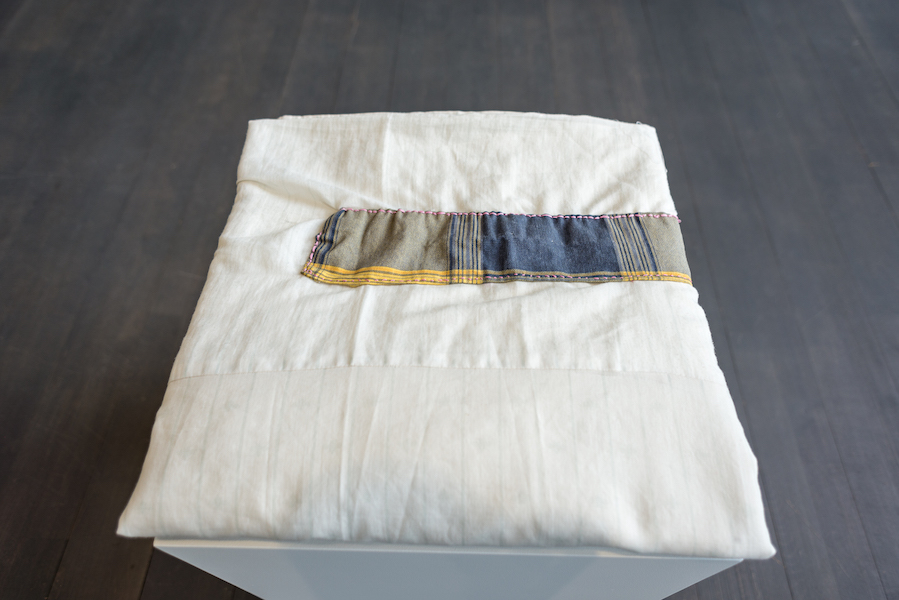
The Fabric of Prosperity
“The Fabric of Prosperity” is the result of a mental experiment: what if we excluded the subject of fashion from the conversation about clothing in artworks? What kind of questions would arise from the deliberate exclusion of the ground in which art and clothing are used to meet most often? In an exhibition, clothing is understood as an offline avatar, that is, a constructed image of a person in the real world. The choice of elements of this image can far from always be called conscious. When dressing, a person connects to the industries that control style and behavior, and becomes dependent on the resources used to create this or that closet item. The conceptual basis for this experiment was the classic essay “On Fashion” by the German sociologist Georg Simmel (1905). (1905), proposing two types of clothing use: one that affirms “equality” and one that creates “unity” within a social group. Equality in dress, according to Simmel, distinguishes societies close to communism as well as situations of traditional ceremonies such as mourning. Unity, like a picture frame, marks the internal cohesion of the group, but it is fenced off from the environment of the non-members. Neither equality nor unity exists in its pure form, and their intersection is the uniform, to which a number of works in the exhibition are devoted. It marks its wearers as representatives of traditional social institutions (medicine, police), separated from society only by the principle of pure function, and creates a caste isolation when the wearers of the uniform are close to the resources of power.
The title of the exhibition is borrowed from “Introduction to the Foundations of Morals and Law” (1780) by the philosopher Jeremiah Bentham, who dreamed of achieving a just social order through a universal “principle of utility” that would create the “fabric of prosperity” in any society. In his philosophy of utilitarianism, Bentham insisted on the shortest path to solving any problem. Equally utilitarian (and anonymous), uniforms are commonly regarded as utilitarian, while “unprofessional” clothing is often understood as a symbolic act of self-expression.
The exhibition seeks to discover variation in the contrasts between the anonymous and the individual, the work uniform and the personal closet. Finally, the exhibition “Fabric of Prosperity” also has an archival part that tells a brief history of avant-garde experiments with total uniforms for all occasions and the search for a universal form in post-war abstraction.


*Cover image: Athi-Patra Ruga, The Night of the Long Knives I, 2013
Exhibition starts at 02.04.2021
